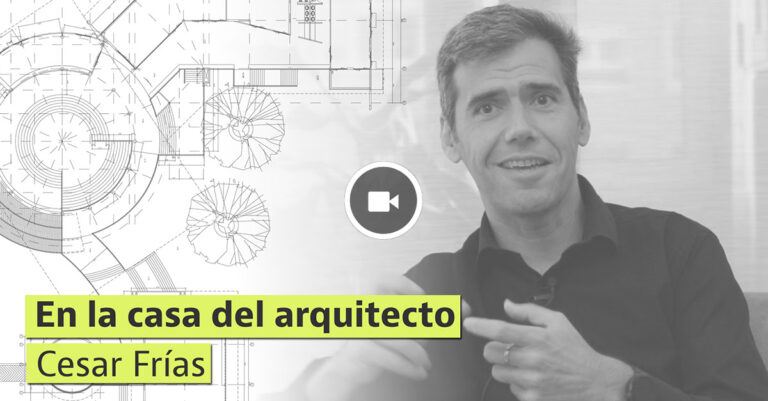His studio follows the Anglo-Saxon model: there are more than 150 people working in residential buildings, museums, soccer stadiums…
He claims to be an oddball because while many colleagues in his profession still paint by hand, he made his first animated video in 1995 and among his first jobs was doing renderings for other architectural firms, in addition to having done them for the student projects of all his friends.
In his studio, Morph Estudio, more than 150 people work, which is also exceptional, a very Anglo-Saxon model, because in Spain architectural studios tend to be smaller. César Frías welcomes us in his rented house, from where we can see the famous Torres Blancas building, where he himself had an engineering office in his early career.
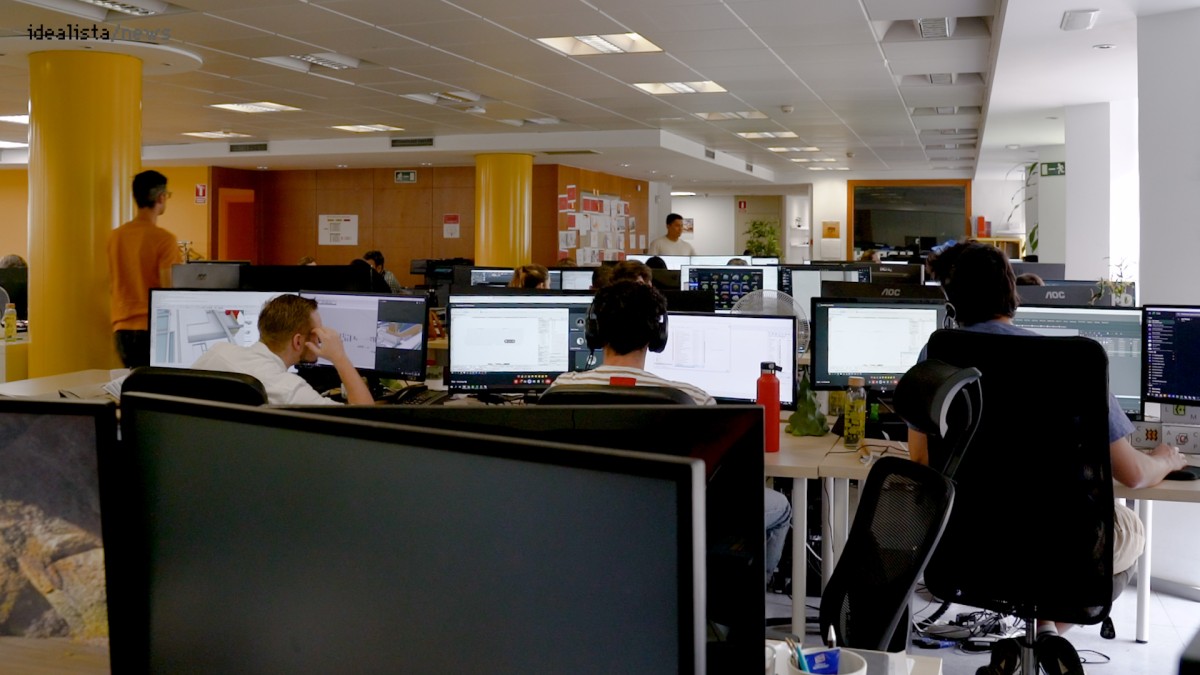 Study by César Frías idealista/news
Study by César Frías idealista/news
What would I have been if I had not been an architect?
If I had not been an architect I would have been an engineer for sure, in fact I was about to be an engineer, my parents were determined. And it’s also something that I find very motivating, I’ve always liked to design. My notebooks and school books were always full of drawings. On the other hand, the technical side is something I have always liked. And architecture is a little bit in that confluence, because in my family there is no architect, there are few people with studies and architects, as far as I know, I am the only one.
What projects can you tell us about?
We have made a presentation of the La Rosaleda stadium with the City Council and the Junta de Andalucía, in the end it is a project that depends on whether there is investment either with European funds or with the future owner of the club. It is a project that we are very excited about because it is not a stadium project, it is an urban regeneration project that comes out of the stadium. We are also working on other stages that we cannot reveal the name of yet. We come from residential projects, but we have been diversifying for some years now and we have museums, interpretation centers, and some winery projects. We are also working on hotels, very, very cool office buildings. And well, the Repsol project that we have been awarded three of the five Repsol lots in the center of Malaga, with offices that have more of a terrace than an office, very unique, overlooking a park. We have about 70 active projects, we are in a very fun moment, we are receiving the most diverse work.
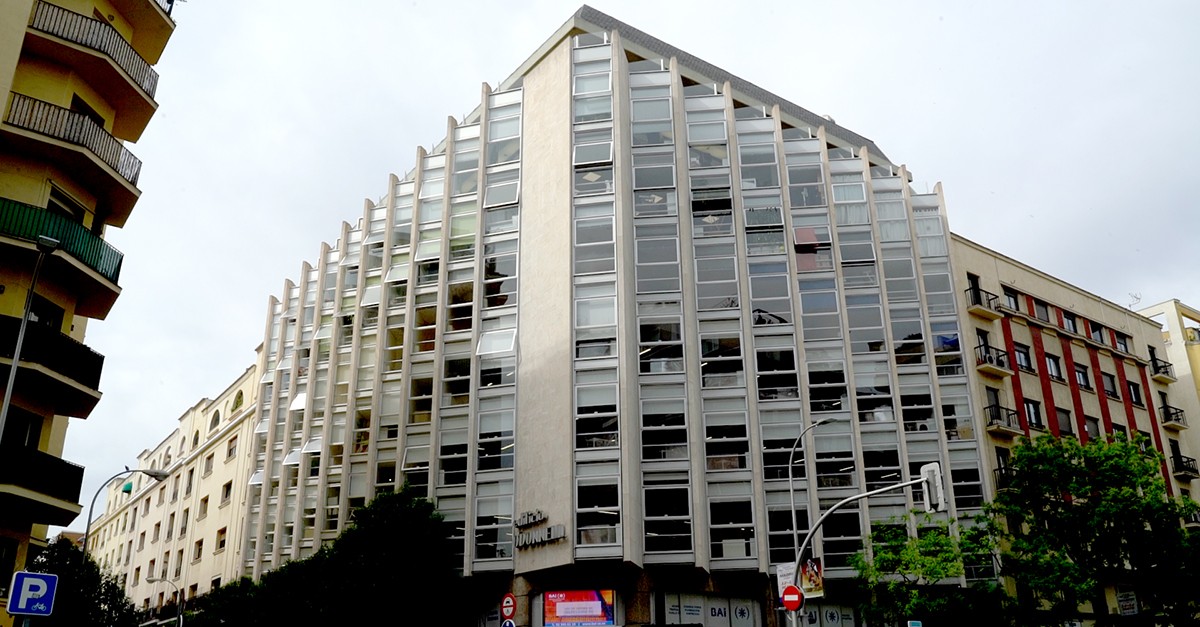 Study by César Frías idealista/news
Study by César Frías idealista/news
How many are in the study?
More than 150, I don’t know exactly how many, we are abnormally large for a studio that has a large part of its work in Spain. The diversification and internationalization process is leading us to continue growing. In fact, we are thinking of opening a branch in the Dominican Republic, for example, we have a lot of work there. We believe in specialization. We have specialists in facades, in interior design, in Lighting Design, in landscaping: at the end, our landscaping specialist puts on paper in ten minutes the appropriate species for Malaga, Valencia, Barcelona. Something that a non-specialized team would eventually have to do a lot of research work for. So we go to that almost Anglo-Saxon model of study that has a certain size, that has a lot of specialized personnel, seeking excellence….
Buildings in Madrid that you like
The Castelar building by Rafael de la Hoz, every time I see it I like it more, it seems to me, not the exterior, which is super nice, super simple, but when you enter it seems that you are entering the Temple of Debod. It is unbelievable. That might be my favorite.
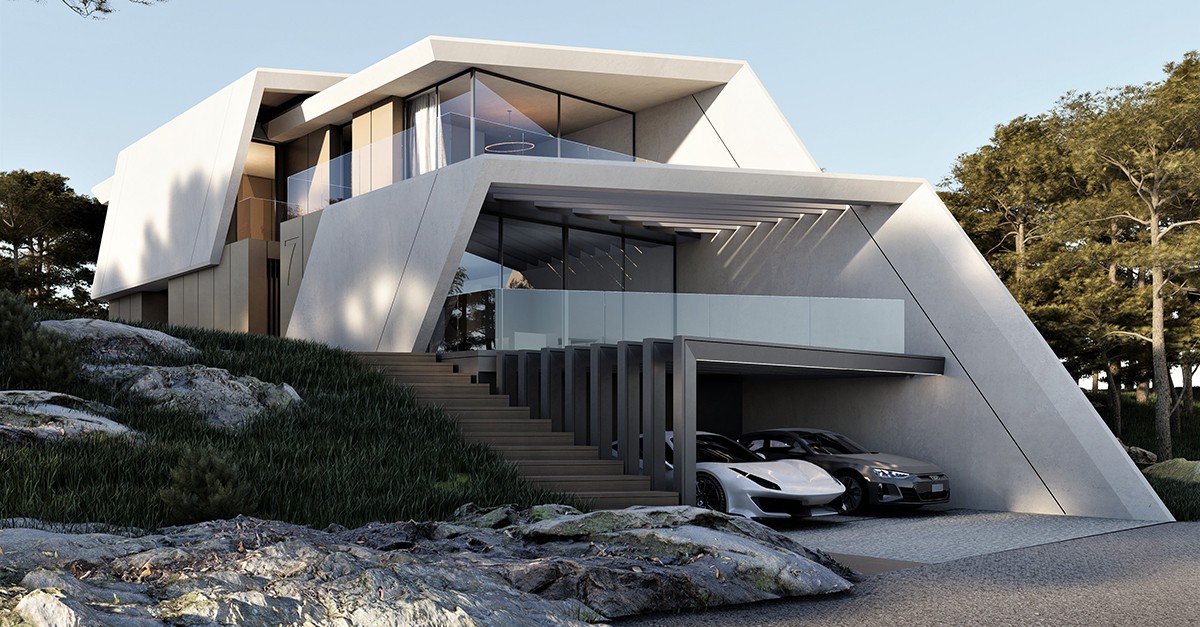 Design by César Frías idealista
Design by César Frías idealista
And others that scare you?
There are many buildings that scare me away from the real estate boom. At that time it was not important to build good buildings, terraces were not built, but well, it was the right thing to do at that time. There is no building in particular that scares me, well, the one of the newspaper La Razón caused me some discomfort.
Did the bursting of the real estate bubble put things back on track?
The bursting of the real estate bubble was very positive for me because that was when we found our niche in the market.
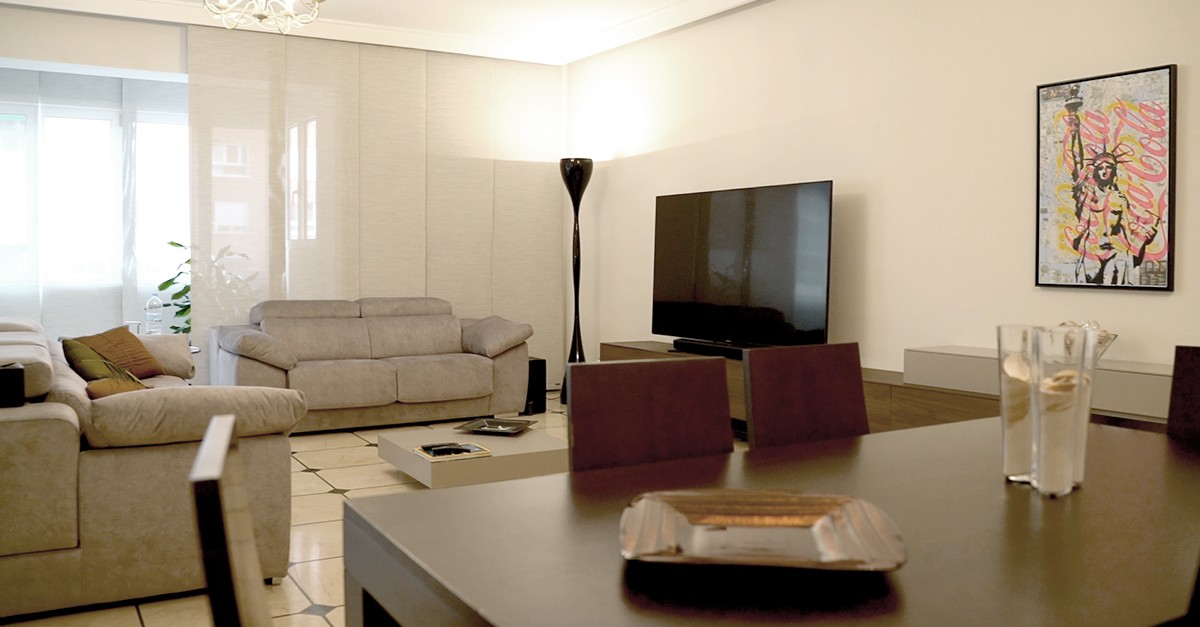 House of César Frías idealista/news
House of César Frías idealista/news
Why are terraces not built in a country with a climate like ours?
Our buildings all have terraces. In Madrid, specifically, the modification of the plan will introduce a change in which double-height terraces will not be counted and then the urban landscape of Madrid will be plagued, as you will see, with counter-height terraces and larger terraces will be promoted. In the end, the buildability you pay for a land is usually something very expensive and the surface of that terrace computes the same as the interior. But we do put terraces, what happens is that the regulations have to change, from my point of view, to encourage the terraces to be as large as possible and because in the end the regulations, its ultimate goal, is the quality of life of the people and the rights and quality of life of the people. And to have a terrace is to increase your quality of life.
When will this regulatory change take place in Madrid?
The truth is that it was ready to come out but has been blocked because there is no consensus among the political groups. It is a pity because these are positive measures for the citizen. In the end, incentives are given to the quality of common spaces, the quality of outdoor spaces in the form of terraces, energy efficiency, and the green factor of buildings. There are very curious examples of regulations that could be taken as examples. In Benidorm the only thing that counts is the useful interior surface area of the property. Even the elevator lobby does not count, so the lobby, the lobby, the elevator, the staircase may be a little wider than strictly necessary to comply with regulations.
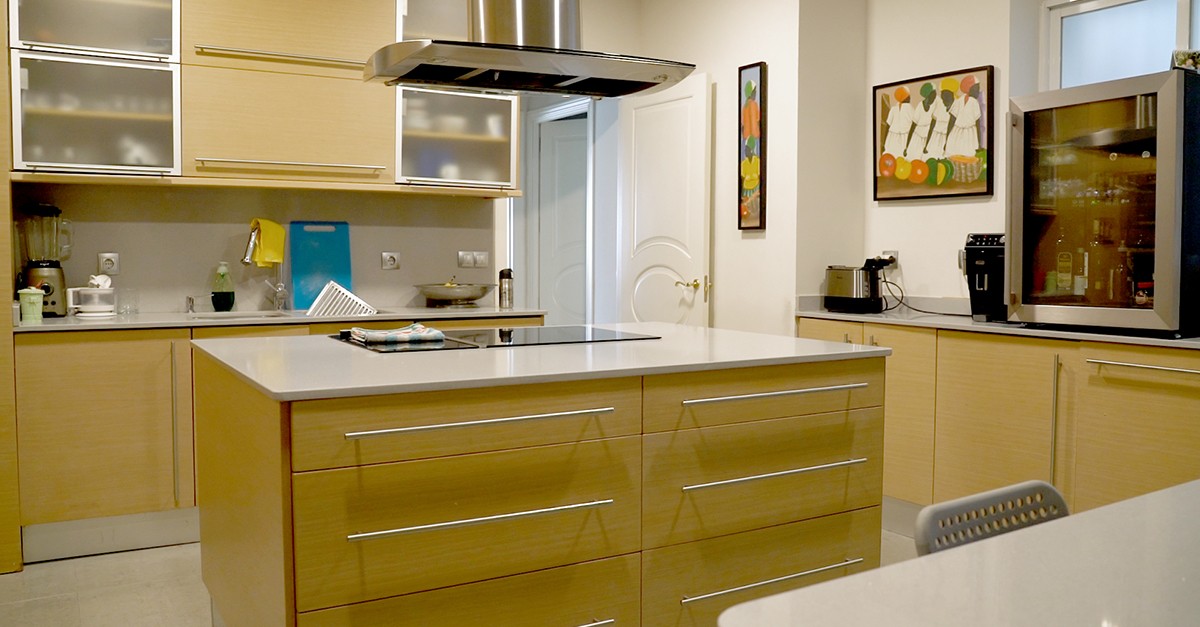 House of César Frías idealista/news
House of César Frías idealista/news
Do we have a housing problem in Spain?
There have always been housing problems. When I got out of college I could not buy a house, I could not even imagine buying a house with my wife, we could not consider that. Today, I believe that the effort to buy a home is somewhat less than at that time because prices have shifted a little. Is housing a problem today? Yes, accessibility. The problem has intensified. But there are possible solutions: for example, coliving, in the center of Madrid is a very demanded product and someone who has been assigned to Madrid to work for a few months or comes to try a coliving a great solution, economical and that will surely enable a location that a purchase of a home or a rental does not allow it. There is the rental housing that has brought very intensive small models in the stressed areas in the center of Madrid or in the center of Barcelona. It is a model that is here to stay. Other solutions are hybrids between hotel and residential. The so-called micro living, for example, which in the end allows you limited stays. Having a house also well located, with many services. Also looking for student housing, which has been booming recently.
What is your favorite place in the house?
The office. It is where I spend most of my time. The kitchen perhaps. The truth is that I had never had a kitchen with a small island and it is a joy. Perhaps this is where we spend the most time. You realize how important it is to have a good kitchen.
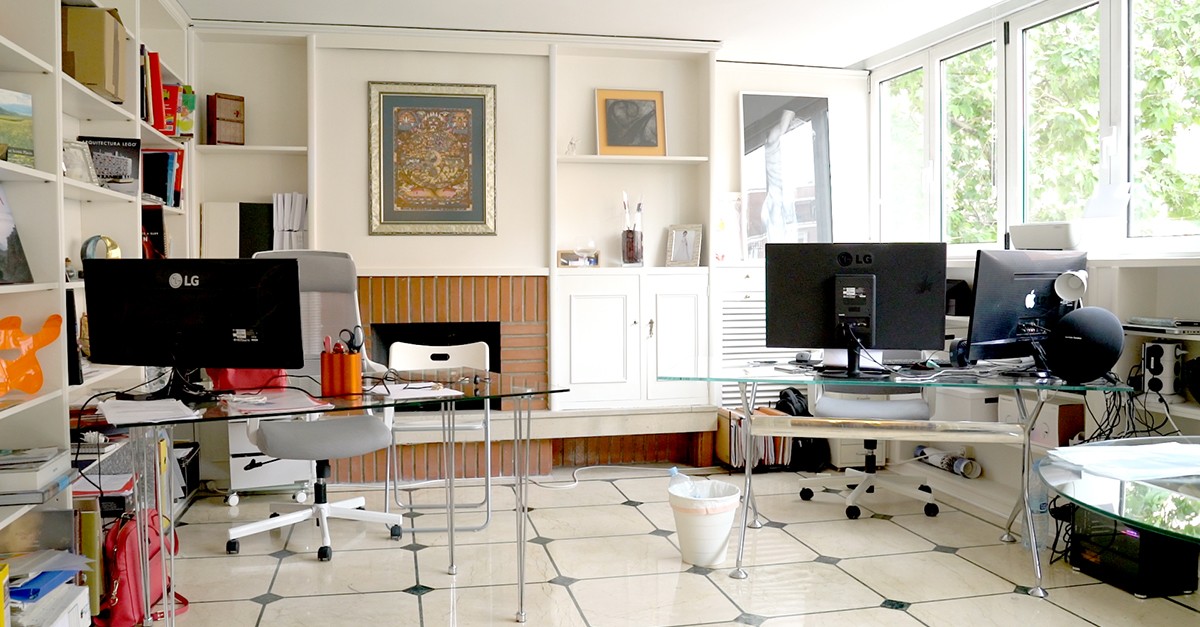 César Frías’ living room idealista/news
César Frías’ living room idealista/news
Any fetish object?
This Le Corbusier chair was given to us by our college friends at our wedding. It is perhaps the most precious object. Then we also have some of the children who paint very well.
Has the chair held up well to children?
It has had some accidents and some breakdowns, but it is very robust.
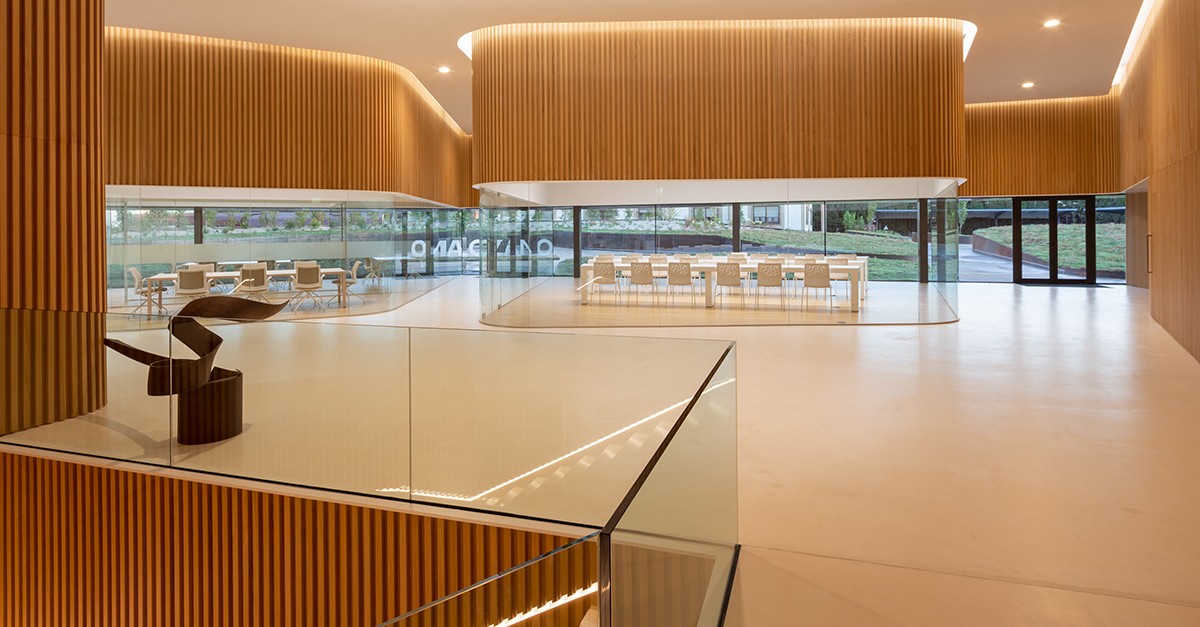 Design by César Frías idealista/news
Design by César Frías idealista/news 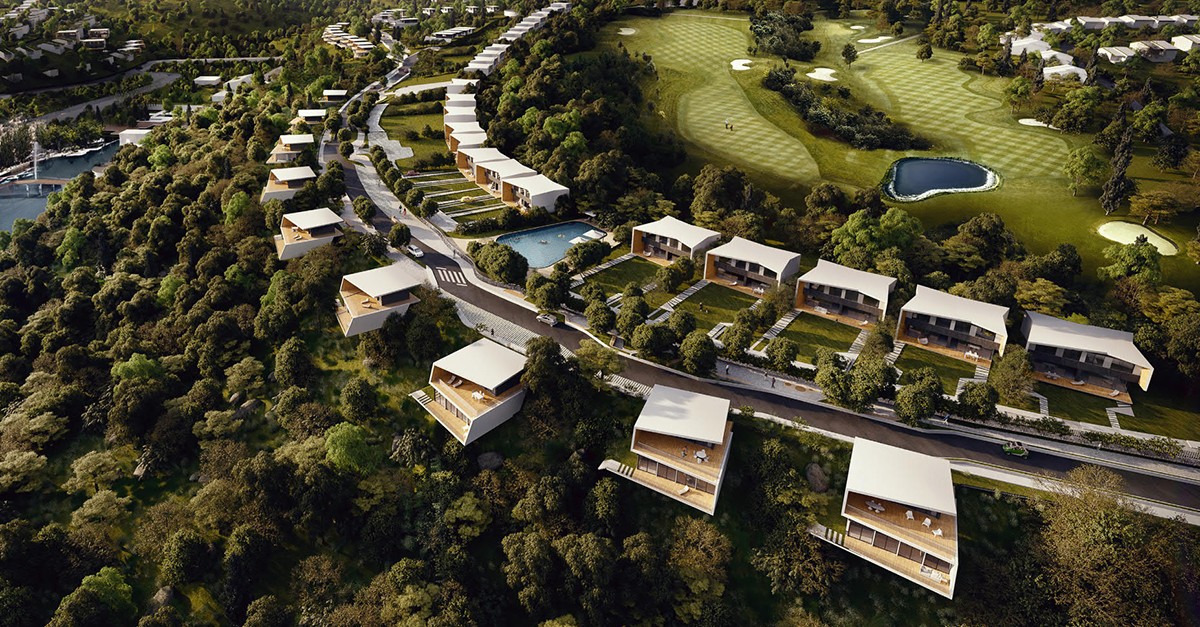 Home design by César Frías idealista/news
Home design by César Frías idealista/news 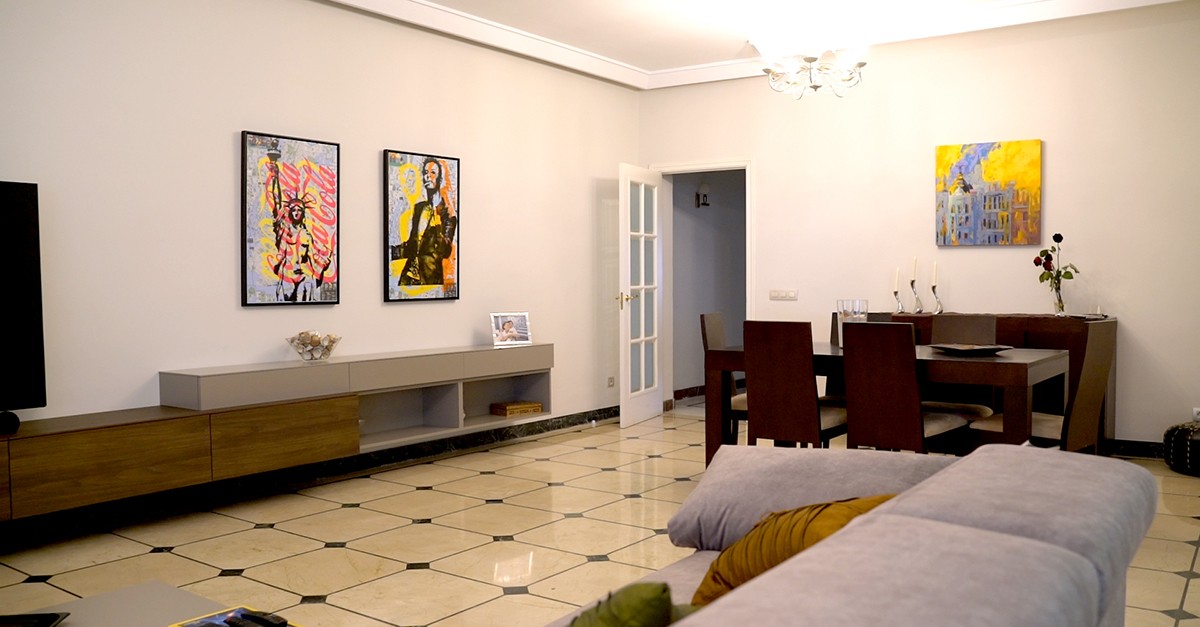 Living room by César Frías idealista/news
Living room by César Frías idealista/news

